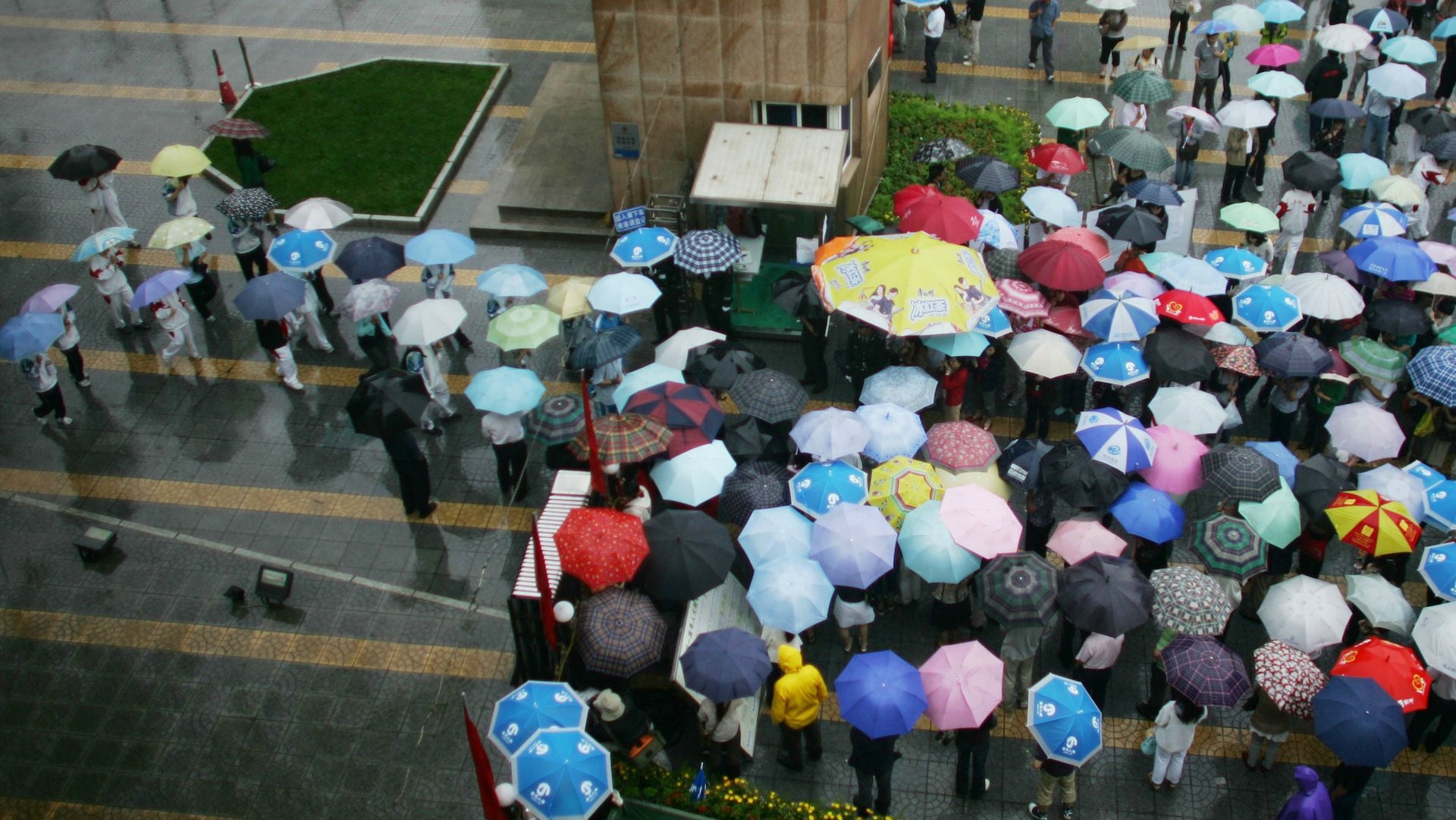The world’s worst college entrance exam is getting a little more fair
Starting tomorrow (June 7) about 9.2 million Chinese high-school students will take nine hours of tests that will determine where they go to university. Taxis have been ordered to be silent near testing centers and construction crews have been sent home. To prevent cheating via listening devices, schools in the northeast have installed metal detectors and warned female students that even bras with metal clips will be confiscated.


Starting tomorrow (June 7) about 9.2 million Chinese high-school students will take nine hours of tests that will determine where they go to university. Taxis have been ordered to be silent near testing centers and construction crews have been sent home. To prevent cheating via listening devices, schools in the northeast have installed metal detectors and warned female students that even bras with metal clips will be confiscated.
China’s national college entrance exam, or the gaokao, is criticized for how much stress it causes. Nervous breakdowns and suicides aren’t uncommon—students have been in cram classes, often for more than 10 hours straight over the past year. But it’s even more stressful for students from rural parts of the country who need to score especially high to get into one of the top universities. China’s best schools like Peking University and Tsinghua in Beijing, or Fudan University in Shanghai, for example, give preference to students who have resident status in those cities and take the exam locally.
This preferential treatment is one of the top complaints among young Chinese. At the heart of it is the hukou, China’s national household registration system that dates back to the 1950s. Under it, China’s millions of migrant workers and their families aren’t eligible for public benefits in the cities they move to, and their children have to return to their hometowns to take the gaokao. Officials worry that the presence of such large, transient populations in cities is breeding social instability. Authorities estimate that estimate that 37% (paywall) of Beijing’s 20 million residents do not have a Beijing hukou.
Thus, hukou reform is at the top of the new leadership’s agenda. And some of that reform has begun with the gaokao, which as we’ve said before, is possibly the lowest hanging fruit of needed policy revision. Reforms announced last year are now going into effect. In Beijing this year, children of migrant workers who have worked and contributed to state social insurance for at least three years can take exams for secondary vocational schools (paywall), though not universities, if they completed middle school there. In Guangdong province, starting in 2016, children of workers who have worked and contributed to social insurance for three or more years will be eligible to take the local university exam.
Similar reforms are being instituted in eastern Jiangsu province and also in Henan province. Authorities say that this year 30,000 university spots will be reserved for students from rural areas of the country for an 8.6% increase in enrollment by rural students at China’s top schools.
The reforms may not be fast enough to meet the growth in Chinese demand for good higher education. More and more families can afford to send their children to universities. Already thousands of Chinese are going to Hong Kong and Singapore to take the SAT, the American version of the gaokao, so they can apply for US universities. It’s spawned a small industry known as “exam tourism” (paywall). The number of Chinese nationals enrolled at US universities has tripled in the last five years.